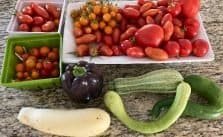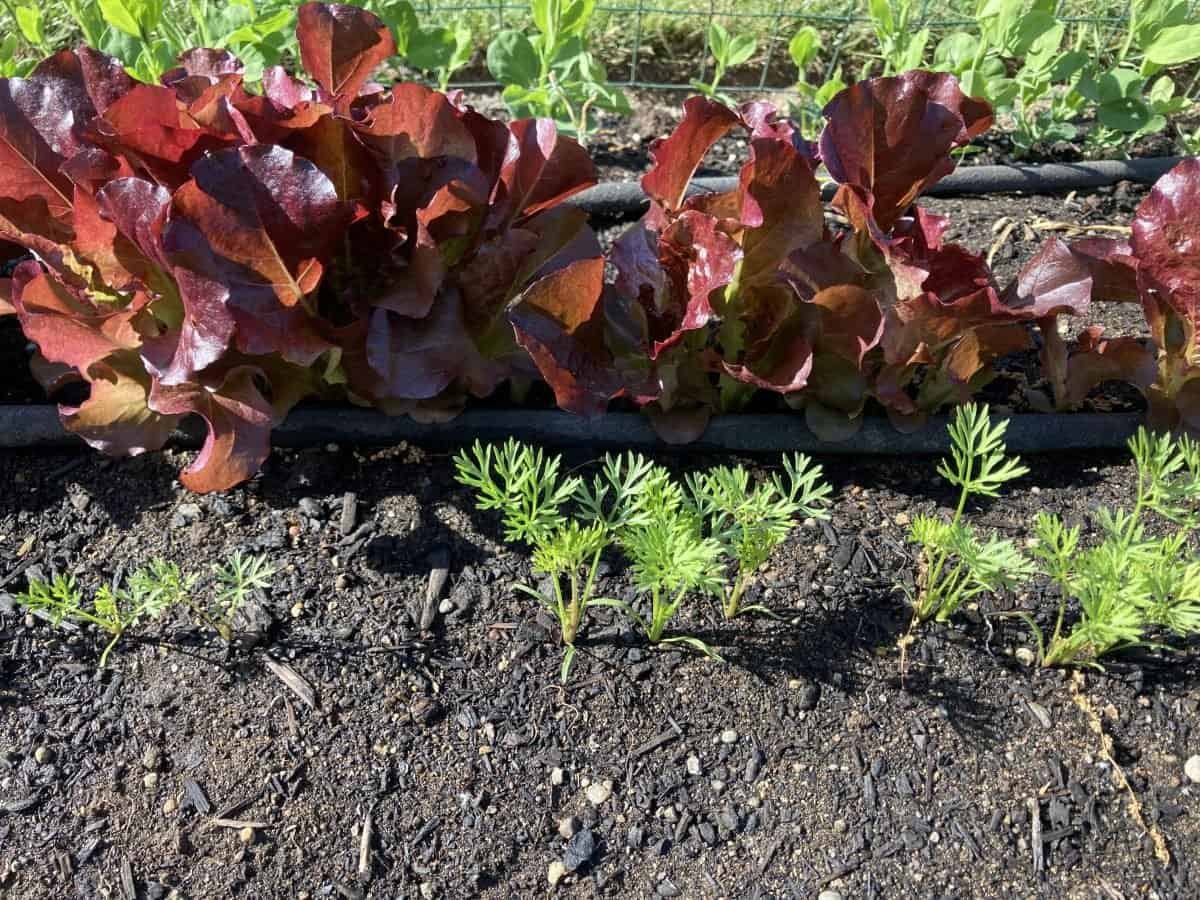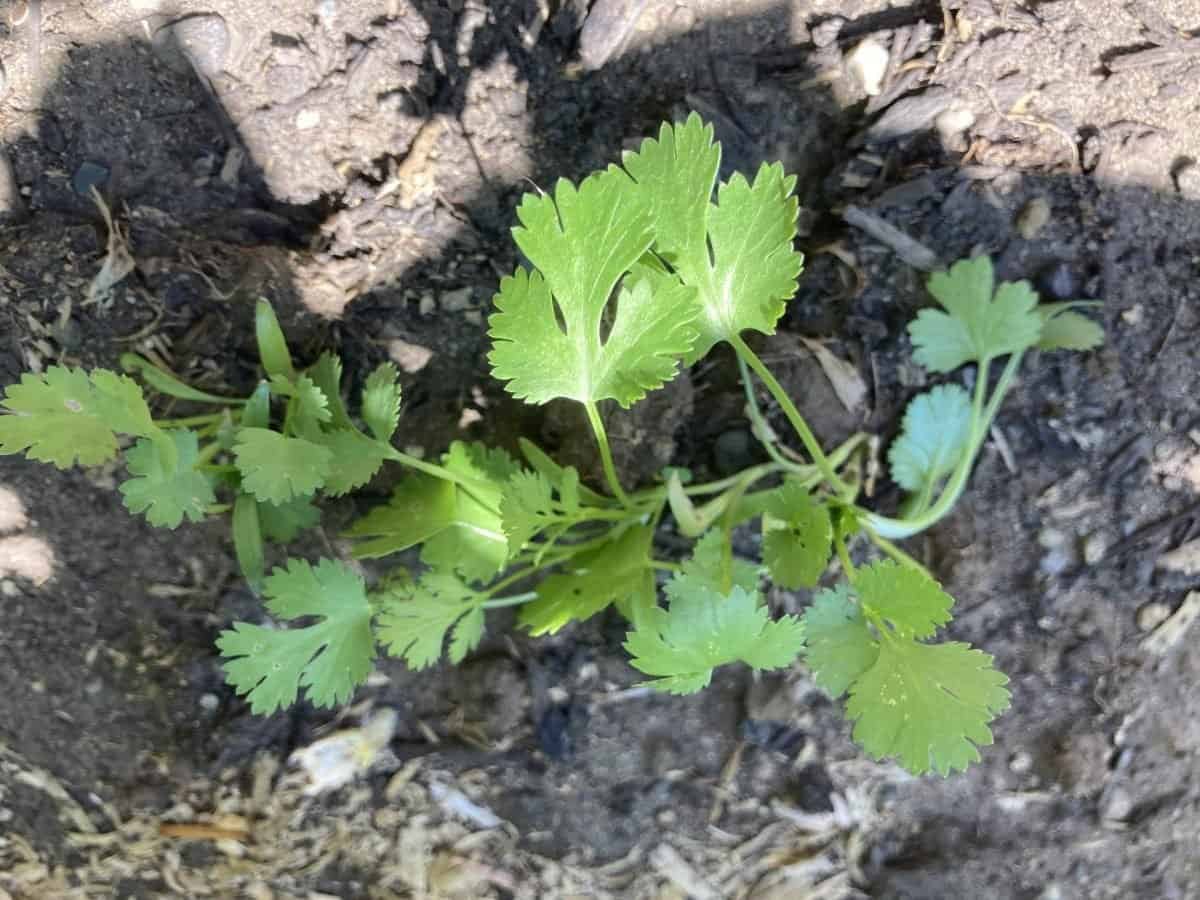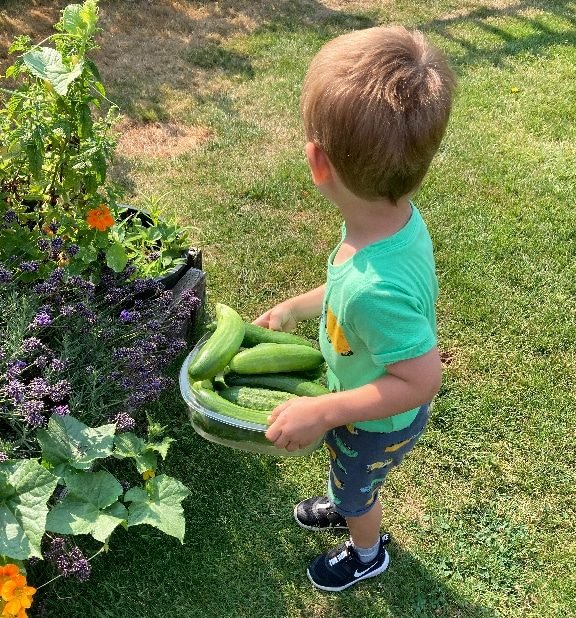As summer comes to a close with September’s arrival there are still many things to do in the garden. Below are the top September Garden Tasks I have put together for you to enjoy.
September Garden Tasks are a wide mixture of tasks
Your September Garden Tasks range from final support of your plant’s needs to harvesting and preparing the garden for the next year’s growing season to planting a Fall and Winter crop.
Reflection on how your garden turned out and what to change for next year
Now is the time to make notes and take pictures of your garden to determine what you liked that can be replicated for next year’s garden and what you would like to change.
No garden is perfect and it is best to not rely on your memory but document in a yearly notebook what occurred. I also recommend you take photos of your garden.

Not only will this help to see how the garden turned out but also it is an excellent tool for crop rotation to know where things were planted and help you organize the garden for next year’s planting.
Document the spacing of the plants and how it worked or did not work for harvesting your crops.
Make a list of the plants you want to move to a different location or divide and plant in the Fall or Spring.
It is a great time to determine which plants you did not like either for production, taste, or use for you and your family and those that you really liked and wished you had more of to eat and share.
Harvesting
It is critical to harvest daily in your garden since everything is ripening very quickly and it always seems that you miss picking something each day. I can attest to harvesting my cucumber beads multiple times in the morning and still miss a few that I have to harvest the next day.
To get the peak flavor from vegetables it is best to not let them over-ripen.
Plan out your meals based on your vegetable harvest so that nothing goes to waste.
Harvest to preserve the fruits and vegetables that you do not eat fresh within a few days or share with others.
Since the weather is still very hot outdoors it is best to continue to harvest in the morning before it gets too warm.
Preserve and Canning your Harvest
Now is the time to preserve and can the fruits and vegetables that are coming on so strong to supply you with the best organic fruit and vegetables for the winter.
You have many options from cooking and freezing to freezing or canning the harvest to enjoy on those cold winter days. For root crops and winter squash, it is as easy as curing them so that they will hold over in a cool dry place in your garage or cellar for many months.
Fertilizing your Vegetables one last time
Depending on where you live there is still time to have vegetables set on that you will be able to harvest before the end of the season. Some of these are tomatoes, peppers, squash, eggplants, and pumpkins.
Watch for a cooler day or days in a row to fertilize them in the morning to keep from stressing out the plants and be sure to water the fertilizer in thoroughly.
Do not fertilize plants and flowers for putting on growth since this new growth will be in jeopardy of damage to frost and winter conditions.
Watering
Continue to be consistent with your watering by watering deep and on schedule. If you are in a hot spell you may need to water a little longer, just do not water to frequently and be sure to only water the ground to allow the water to be absorbed by the roots.
Deadheading
Continue to deadhead the flowers that have expired to generate more flowers to set on. Deadheading should be done every other day to keep the flowers to set on.
When deadheading just remove the stem above the nodes or leaves that can generate new flower stems.
If these flowers have seeds that you wish to collect you can use the deadheading of your flowers to collect seeds for you to grow next year.
Leave some spent flowers for the birds to eat such as Rudbeckia and Cosmos which the birds love to eat and they will spread them in your garden and will reseed themselves for next year’s flowers.
Planting
Wait for a day when it is a little cooler to plant your Fall cool weather crops such as cabbage, broccoli, cauliflower, lettuce, kale, and herb starts. The flowers you can plant are chrysanthemums, and pansies to add a pop of color.
Bracing up your large tomatoes
Check your larger tomatoes to make sure they are not on the ground where they will have a tendency to rot. You can either brace them up with some type of support or you can place something underneath them to keep them off the ground.
Coldframe Gardening in the Winter
If you have a cold frame where you are intending on growing vegetables during the winter, determine where you will locate the cold frame to allow the maximum exposure to the sun and be protected from the cold winter winds.
Next, determine what vegetables you are intending to grow and either start seeds or purchase seedlings to get them started while it is still warm.
If you have peppers or tomatoes that were started late in the season you can cover them with a portable greenhouse or cold frame to extend your vegetable growing season.
Tools
Evaluate your garden tools to determine if you need to repair or replace any of them. This is a good time of the year to find close-out sales on garden equipment since stores do not want to keep them in inventory over the late Fall and Winter.
Now that you have your September Garden Tasks you need to get out and enjoy the end of the growing season and prepare the garden for the upcoming winter.




